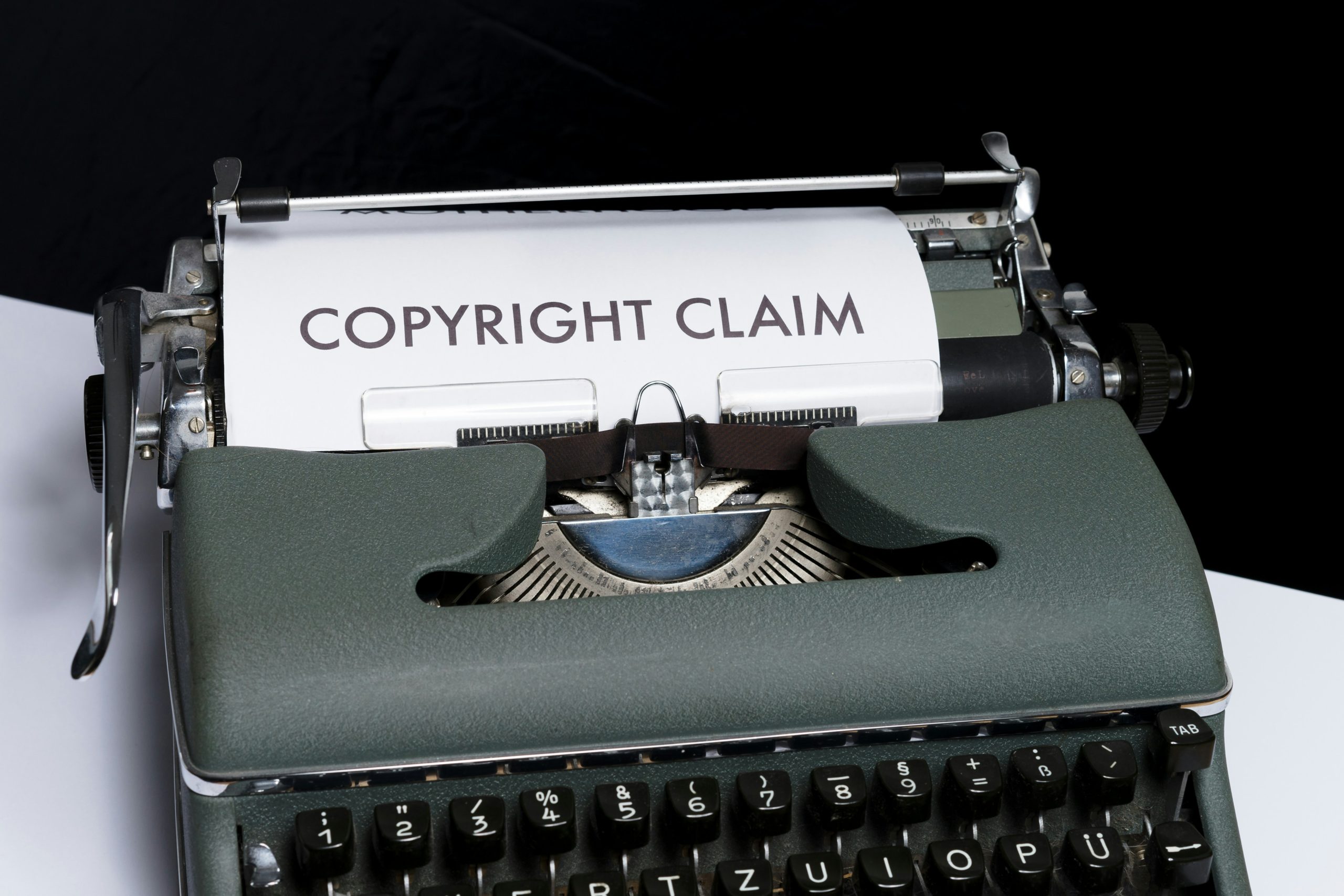Rights matter. You need to have permission to include any element with protected rights in your live stream. This includes copyrighted material (audio, video, text, image), people, performances and sometimes places too.
It’s important to know what you need to know. And it’s easy to get lost in the complexities of clearance.
In this section we’ll take you through the main points to help you navigate the world of media rights. We are not legal experts and this does not constitute legal advice, so if in any doubt, we highly recommend consulting a good lawyer.
Why do you need a contract? You don’t always need one, of course, and often work relationships are fine. But, and this is an important but, as an old colleague from when I was on the advisory board of Co-operative Development Scotland once told me, “it’s always alright, until it isnae!” And if things do go awry, having a straightforward contract to fall back on provides security for both parties.
In best practice, you should have contracts with clients, cast, crew — everyone with whom you engage professionally. Sometimes those arrangements can be simple, set out in emails (to provide a digital paper trail of what was agreed). But creating more formal contracts is a good idea to frame professional collaboration properly. So, how do you do it, and what should you include?
Navigating rights issues for music, audio clips, text, images, videos and other forms of creative intellectual property can be confusing and daunting. This guide, taken from our forthcoming book, This Is What Streams Are Made Of, will help you make sense of it.
Feel free to download and read for your own personal use (see the rights statement on the cover for more info).
We hope this helps you navigate the rights maze. Still confused? We can help. Get in touch or book a meeting right now and we’ll do what we can to help you sort it out.

